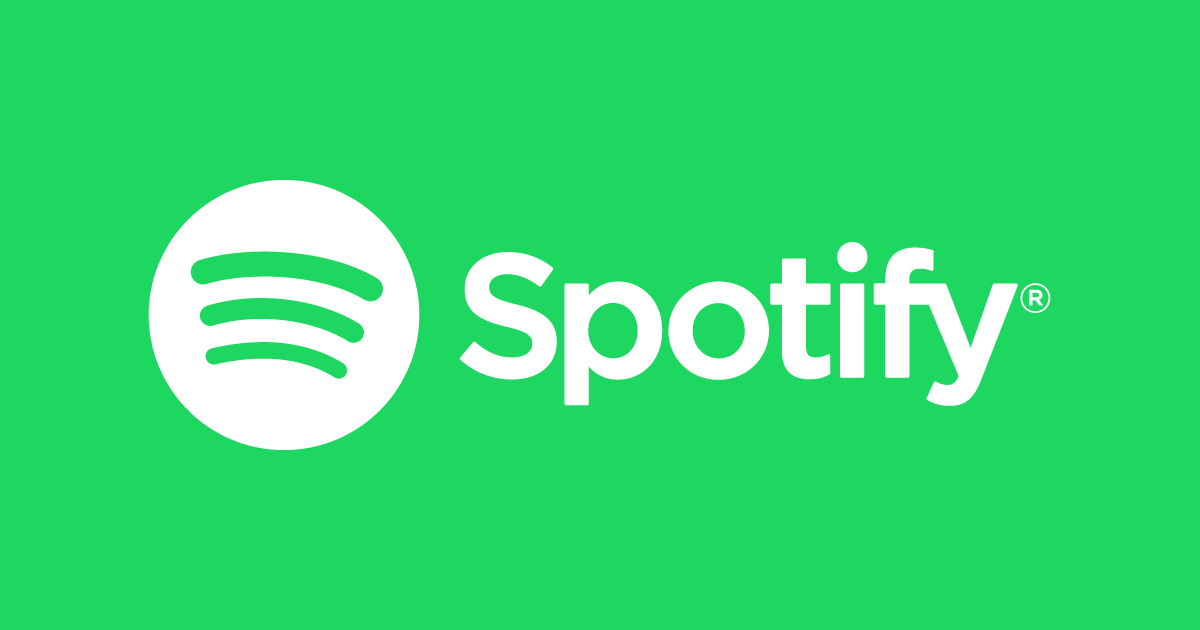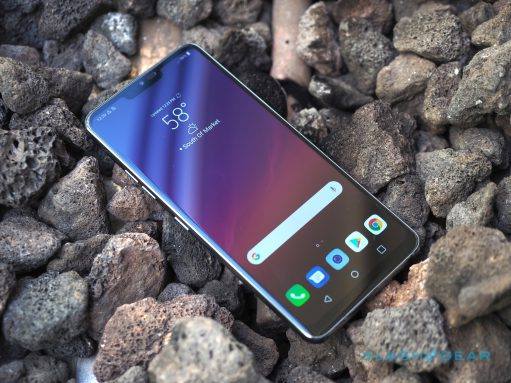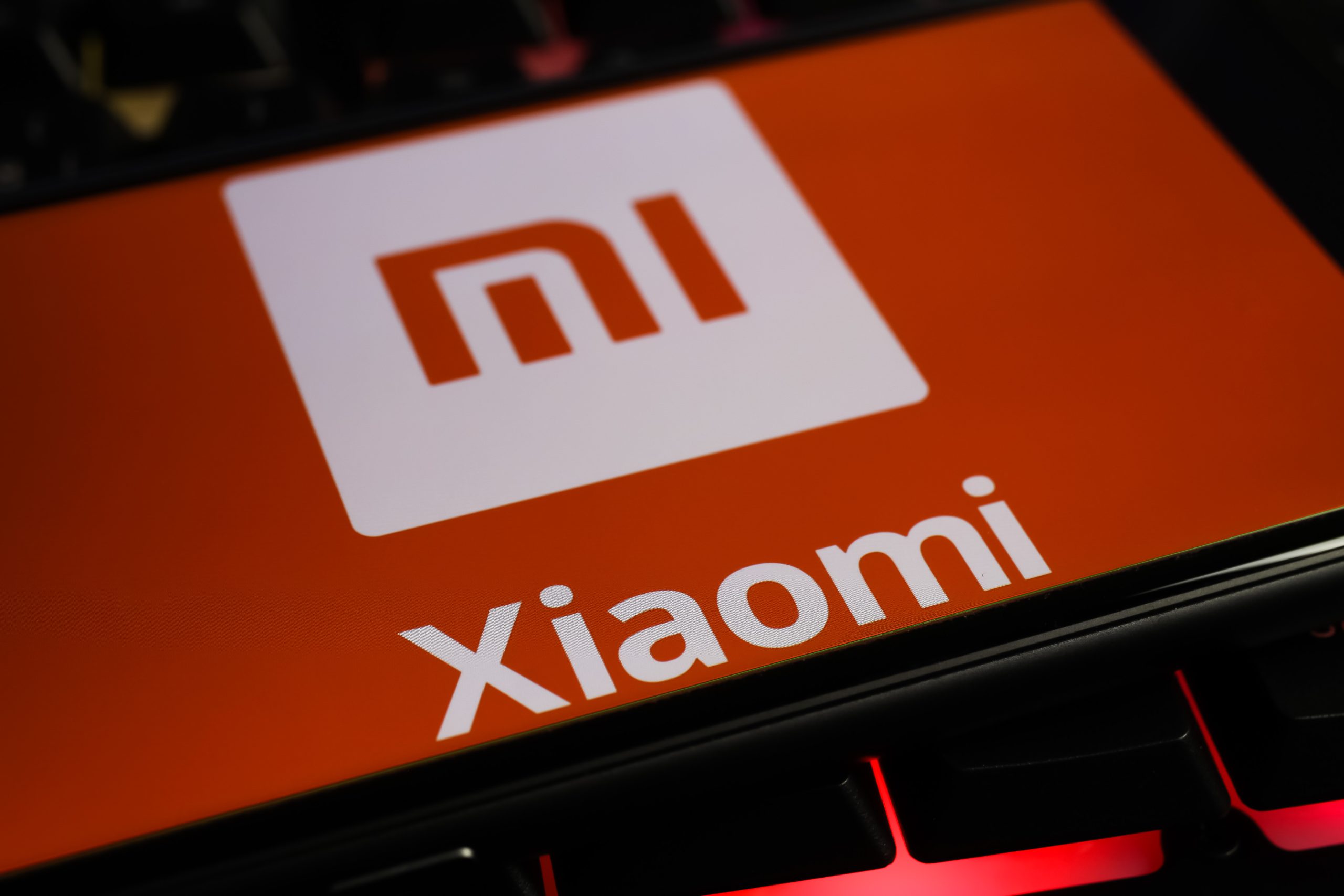Evolved From Project Stream
Then, after much silence Google officially announced a partnership between it and Ubisoft late last year. So this confirmed that Google had been working on something in the video game space. It was called Project Stream and they let people sign up to beta test a game streaming service. The game in question was Assassin’s Creed Odyssey and they were targeting 1080p graphics at 60 frames per second on a connection speed of 25Mb/s. Not everyone has access to that type of internet here in the U.S. but the test was a success and received a lot of praise as latency was what people with a good connection were expecting. After the beta test passed though, things started to get quiet again. Google didn’t mention anything and there weren’t any leaks about the service until February, 2019. The Game Developers Conference was a month away and people began to speculate and hear rumors about Google making an announcement.Google Stadia is then Officially Announced
As expected, Google announced their vision for the future of video games during GDC 2019. As people speculated, it is going to be a streaming service provided to us by Google. Since it was announced during a conference for developers the announcement was geared more toward selling Stadia as a platform. And by platform, I mean a new console system basically. The way Google spoke during the event, all of the development will be similar to how video game developers would develop for a console. But, since Google was handling all of the processing hardware in the cloud, the focus was on how it could seamlessly evolve as time passes. Not only that, but they also appealed to video game creators by telling them how they wouldn’t be limited by a specific piece of hardware (as defined by the latest consoles from Microsoft and Sony). Not only is 1 “blade” faster than the PS4 Pro and the Xbox One X combined, but Google could spin up additional blades for added performance.
Is Google the Answer to Video Game Streaming?
This isn’t the first time a company has tried to do a video game streaming service. The thing is, none of them until now has been a commercial success. Each of them have either crashed and burned or have yet to be financially successful so many people are now speculative about Google’s approach. A big thing that sets Stadia apart from the others is Google. Stadia is backed by the company and is leveraging the tech giant in multiple ways. The biggest is likely the number of datacenters that Google currently has access to. They have a lot of their own but they are also already in others. Google has a presence in other data centers because it helps them to deliver their services to the end user faster. A big example of this is YouTube. It can take a lot of bandwidth and processing power to get YouTube videos out to their users. They are in over 7,000 “edge locations” around the world. This paired with the processing power they have behind them could allow Google to succeed where others have failed. Bandwidth has been a big deal breaking for previous attempts as has high latency. Project Stream showed that people with 25Mb/s internet could stream a game with very low latency. As video compression gets better over time this will be lowered and it’s rumored that Google is aiming for 15Mb/s internet could be Stadia’s minimum when it launches later this year.







